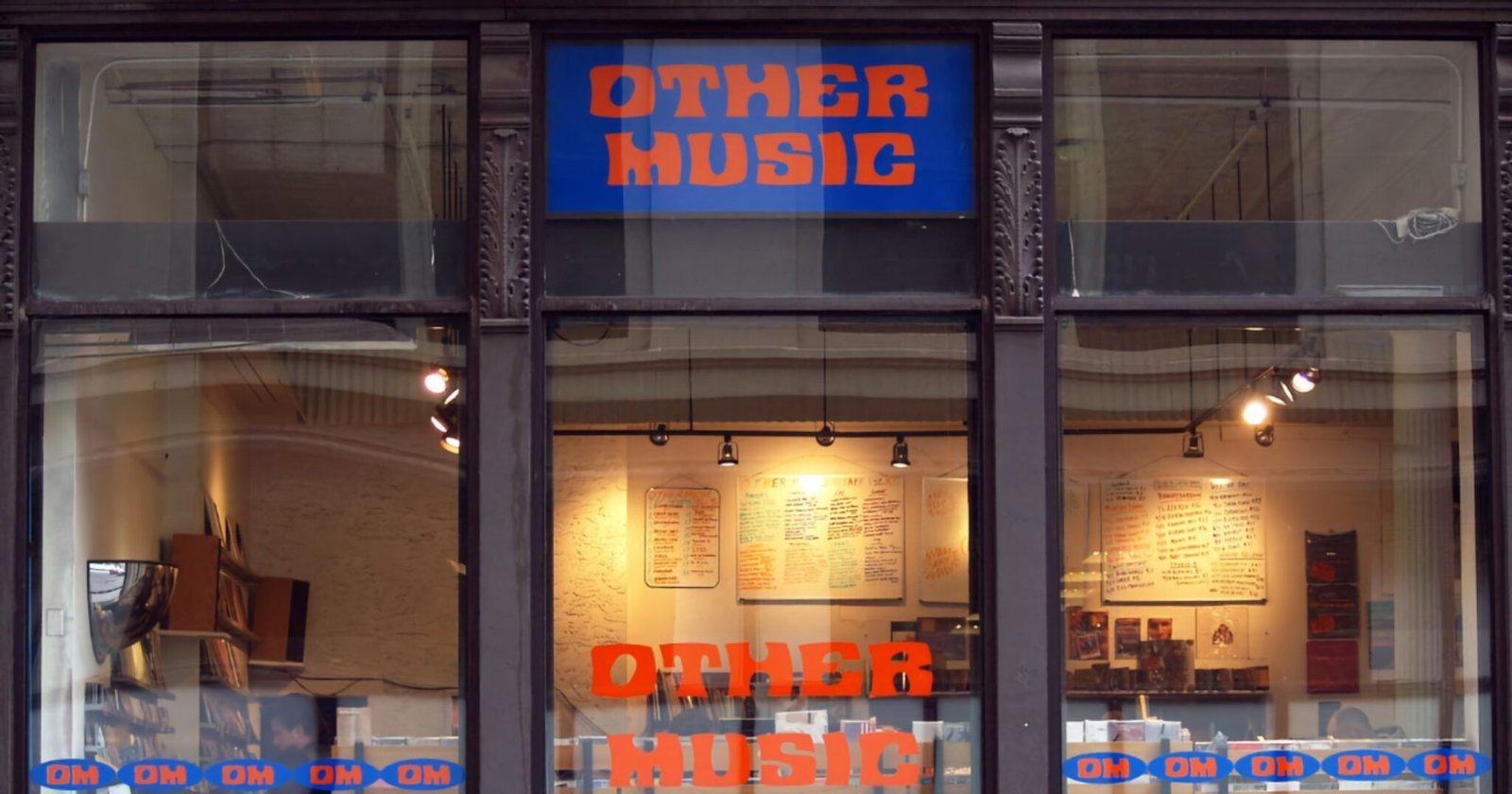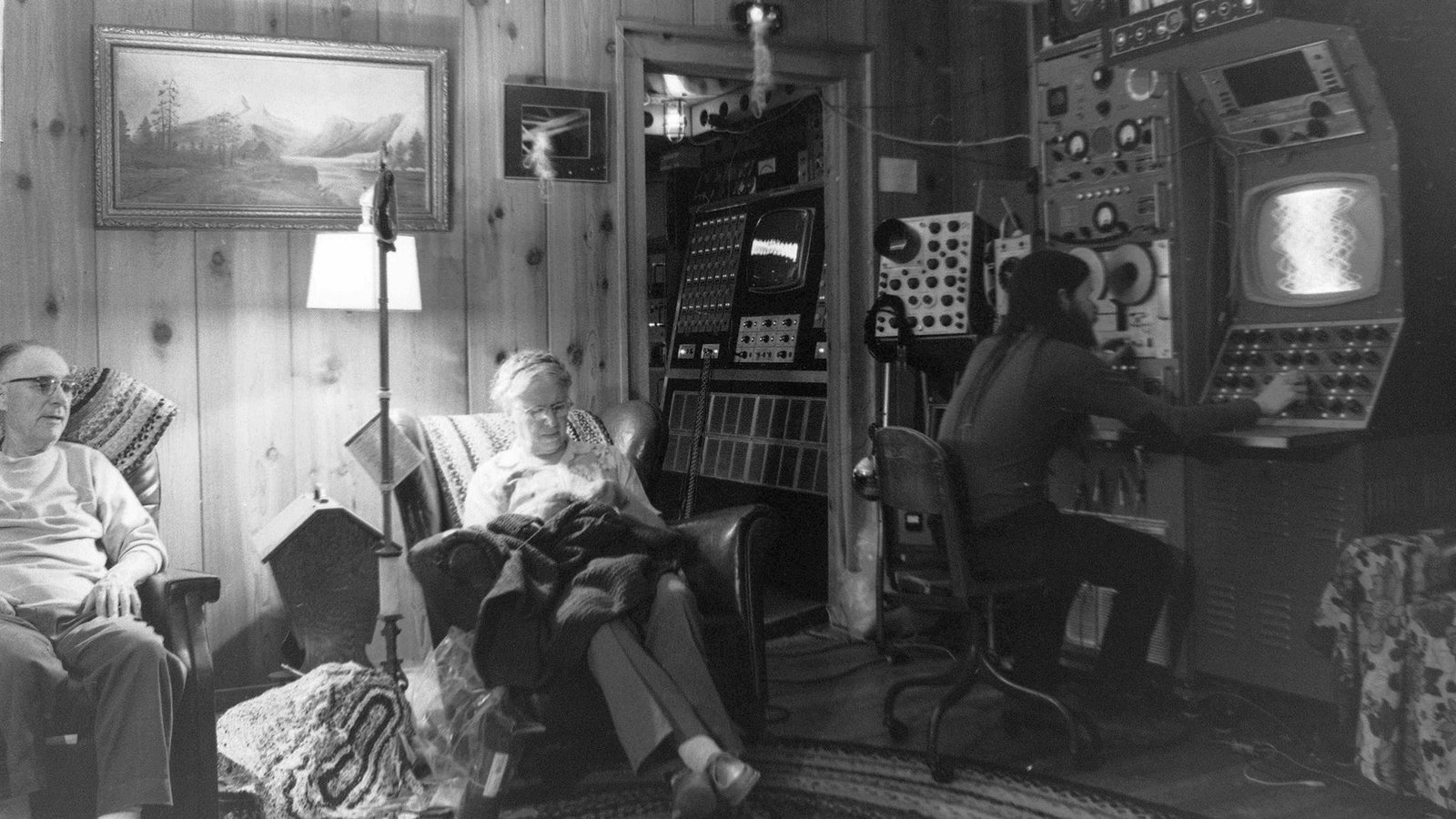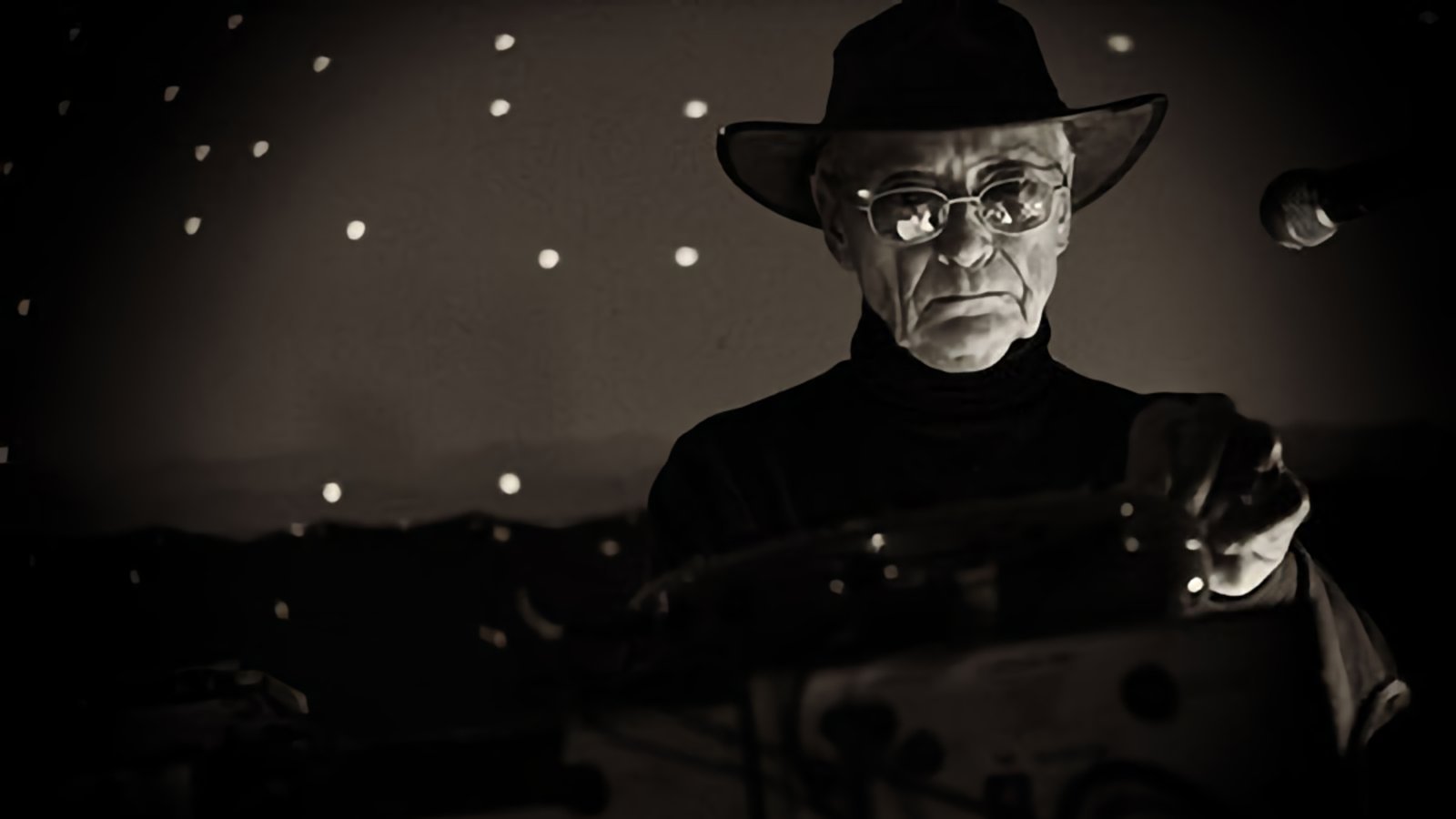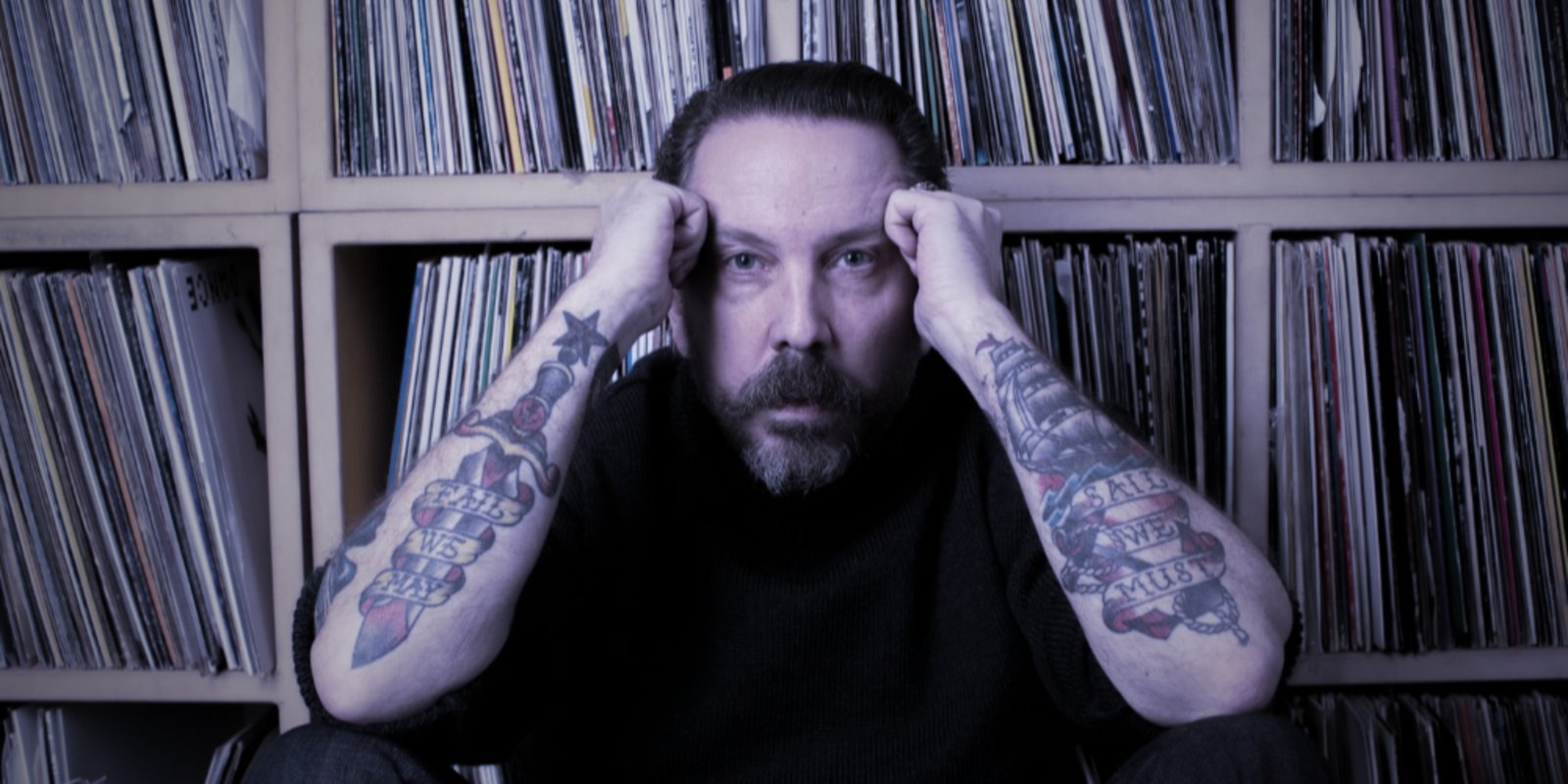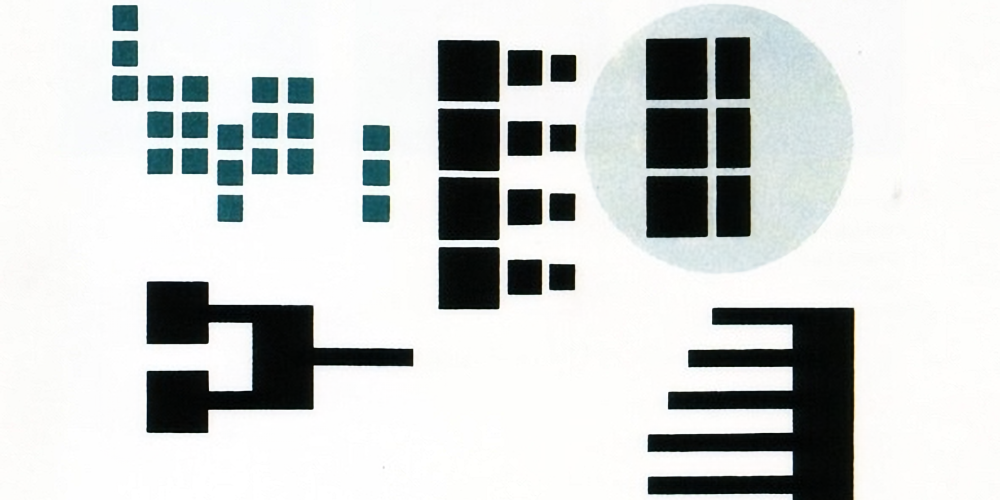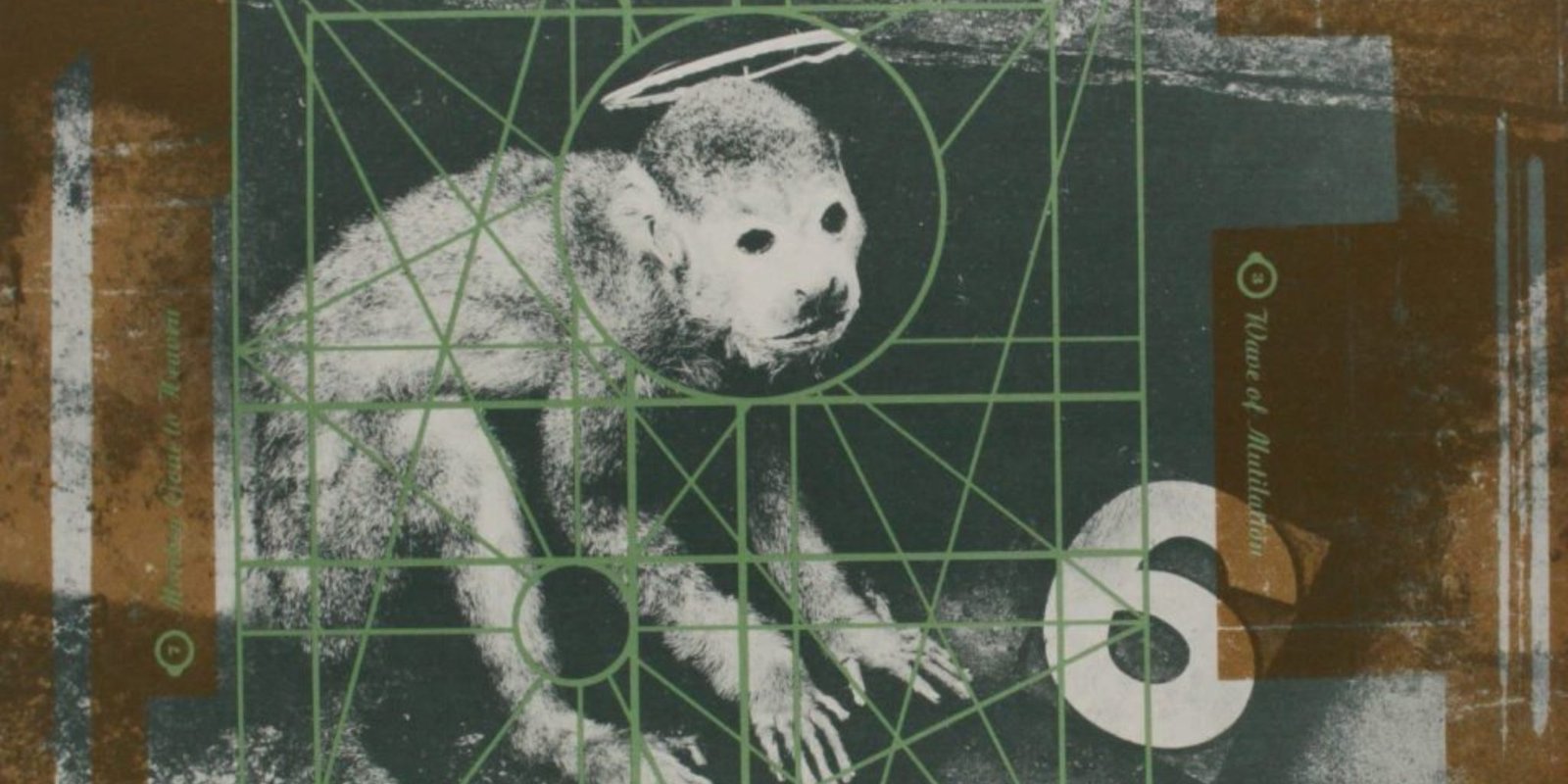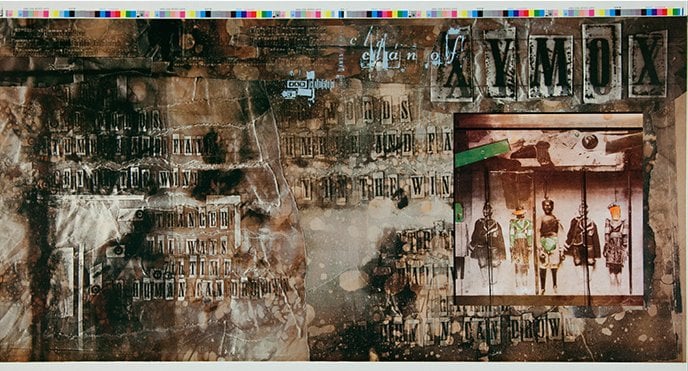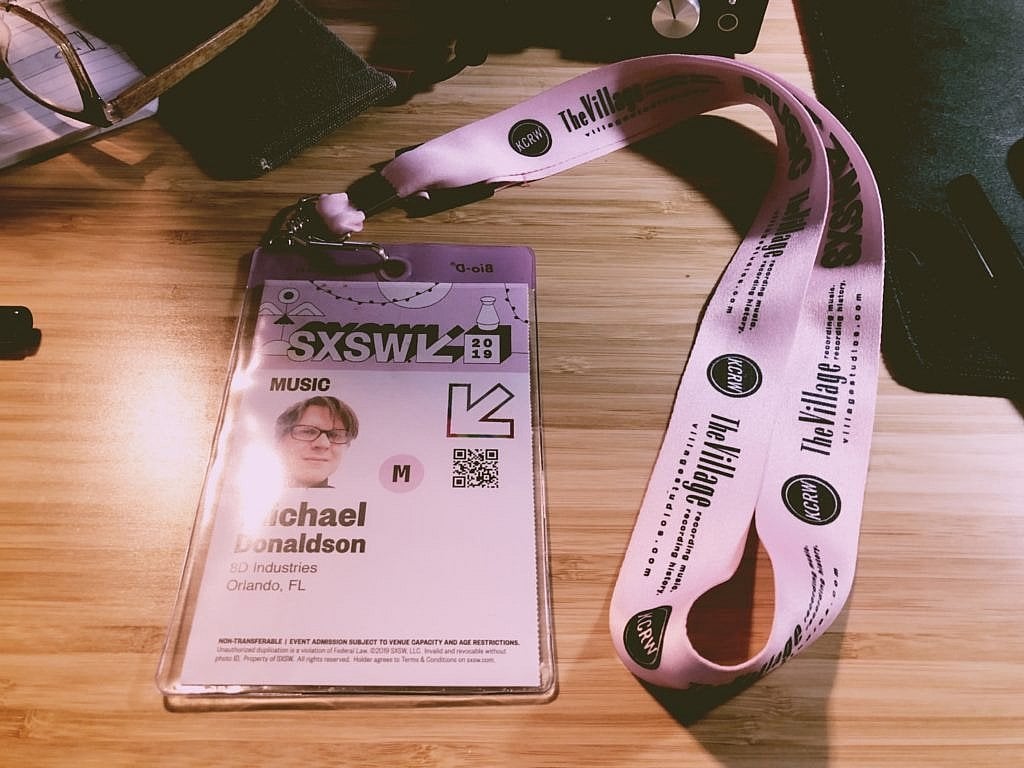(Old man voice:) Remember when we recorded mixtapes in one take, two turntables recording to a cassette, and that cassette duplicated to cheap tapes to give/sell to friends? If you messed up, you had to start over again — kind of like the first two attempts to film Russian Ark.
In the summer of 1997, I recorded one of these mixtapes, and, yes, started over a few times due to flubbed beat-matching. Finally, I ended up with one of my most popular tapes. This recording was a special session — only recently had I found my ‘sound’: a floaty, jazzy psychedelia hinged on downtempo and mid-tempo breakbeats. I enjoyed the tough Mo Wax’ian trip-hop of the time and the phased-pad soundscapes of the dreamier drum n’ bass productions. I settled on a vibe that combined the two, which inspired my first records and Feng Shui. Anyway, this mixtape was a documentation of my favorite songs of the time that expressed this style.
I lost all copies of the tape and haven’t heard it in perhaps a couple of decades. Then, Friday afternoon, I’m cleaning out some old folders on a dusty hard drive and find an MP3 labeled ‘Summer 1997 Mix.’ I didn’t think anything of it and clicked to preview the file. I heard the opening didgeridoo of the Wagon Christ remix of Nåid’s “Blástjarnan.” OMG, this is that mix!
I have no idea where this MP3 came from. I don’t remember ripping it from the cassette — I didn’t really have the means to do that until recently. Maybe a fan or friend sent it years ago, and I filed it away to listen to someday, then I’m immediately distracted and forgetful? No idea.
But what a find. The audio quality isn’t the best — it’s a rip of a cassette tape, after all — but THESE TUNES. I love them all. I have the fondest memories of playing these at Knock Knock, in the backroom of Phat N’ Jazzy, and, with increasing frequency, in dark rooms across the globe. (Nostalgic sigh.)
This might be my favorite mixtape I ever recorded, which is really something as I had another 20 years of mixing ahead of me at this point. Here it is, and I hope you enjoy it as much as I have since its rediscovery.
